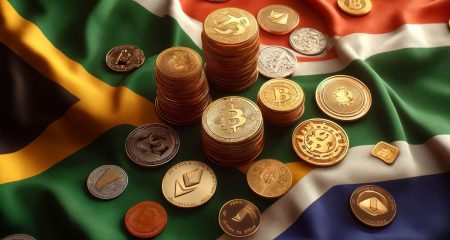
South Africa’s inflation rate reached the mid-point of the central bank’s target range of 3-6% in December — something the Reserve Bank says would allow for flexibility in dealing with price shocks.
Consumer-price growth slowed to 4.5% from a year earlier, compared to 5.2 percent in November, Statistics South Africa said in a statement on its website on Wednesday. That matched the median estimate of 19 economists surveyed by Bloomberg.
Inflation decelerated after a stronger rand and lower international crude oil prices led to petrol prices falling for the first time in two months in December. They reached record-high levels in October.
Core inflation, which excludes the prices of food, non-alcoholic beverages, fuel and electricity, was unchanged at 4.4%.
The South African Reserve Bank lowered its 2019 inflation forecast to 4.8% from a previous estimate of 5.5% largely due to lower assumed oil prices. Its price-growth forecast assumes an average oil price of US$62/barrel in 2019.
The central bank is seeking to anchor inflation at 4.5% to allow for flexibility in dealing with price shocks, Reserve Bank governor Lesetja Kganyago told Bloomberg TV in Davos on Tuesday. It increased the benchmark repurchase rate for the first time in more than two years in November even as inflation didn’t breach the upper end of the range.
The bank’s monetary policy committee voted to hold the key rate at 6.75% last week. The improvement in the inflation outlook suggests that November’s increase was not the start of a tightening cycle. Future policy moves will be data-dependent, the bank said. — Reported by Prinesha Naidoo, with assistance from Simbarashe Gumbo, (c) 2019 Bloomberg LP




